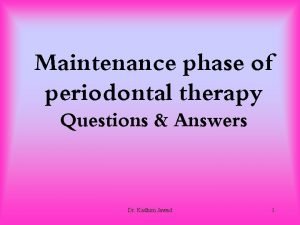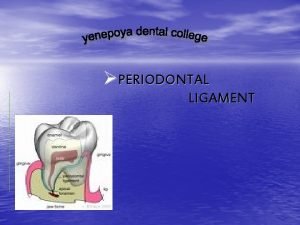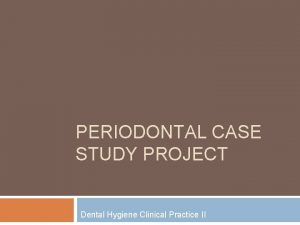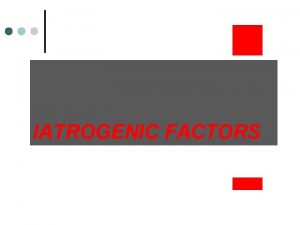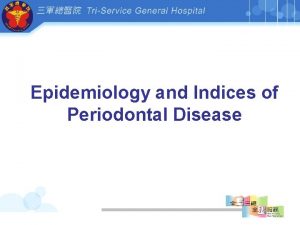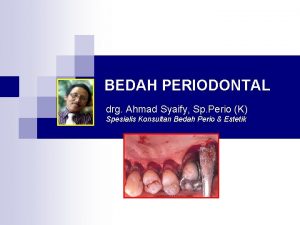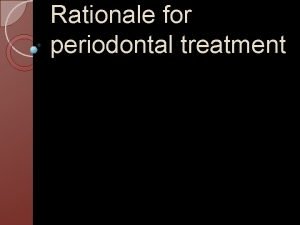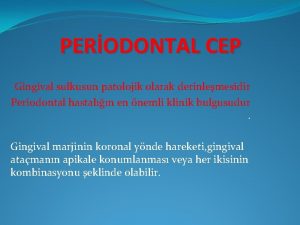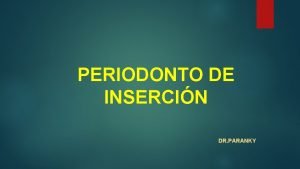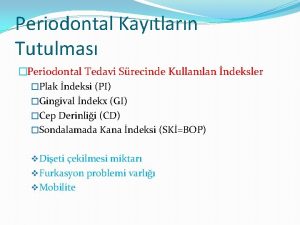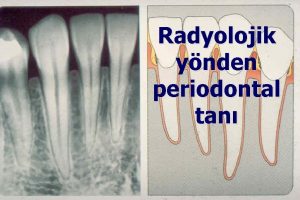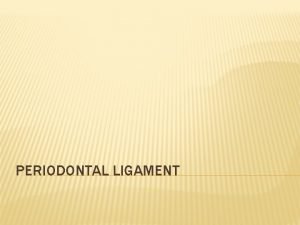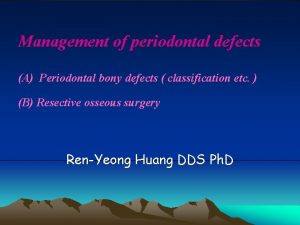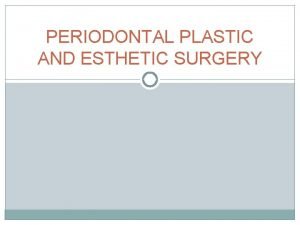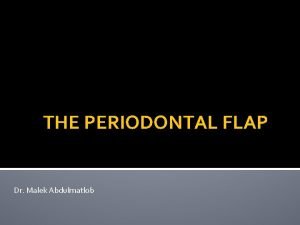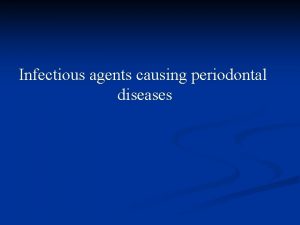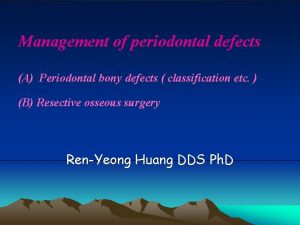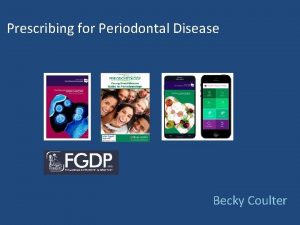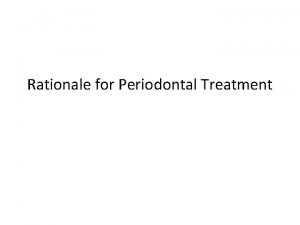SUPPORTIVE PERIODONTAL TEATMENT MAINTENANCE PROGRAM SUPPORTIVE PD TEATMENT













- Slides: 13

SUPPORTIVE PERIODONTAL TEATMENT MAINTENANCE PROGRAM ﺭﺍﺋﺪ ﻋﺰﻳﺰ ﺑﺪﻳﻊ. ﺩ. ﺃ

SUPPORTIVE PD TEATMENT MAINTENANCE PROGRAM • After Phase I therapy (Cause related phase PLAQUE CONTROL) is completed, patients are placed on a schedule of periodic recall visits for maintenance care to prevent recurrence of the disease. • Transfer of the patient from active treatment status to a maintenance program is a definitive step in total patient care that requires time and effort on the part of the dentist and staff.

• The more often patients present for recommended supportive periodontal treatment (SPT), the less likely they are to lose teeth. • Maintenance of PD starts immediately after the completion of Phase I therapy. • While the patient is in the maintenance phase, the necessary surgical and restorative procedures are performed.

• Even with good periodontal therapy, some progression of disease is possible. explanation for the recurrence of periodontal disease is incomplete subgingival plaque removal. • The regrowth of subgingival plaque is a slow process compared with that of supragingival plaque. During this period (perhaps months), the subgingival plaque may not induce inflammatory reactions that can be observed at the gingival margin.

• Thus inadequate subgingival plaque control can lead to continued loss of attachment, even without the presence of clinical gingival inflammation. • Eradication of intragingival microorganisms may be necessary for a stable periodontal result.

• BOX -1 Maintenance Recall Procedures • Part I: Examination (Approximate time: 14 minutes) Patient greeting • 1 - Medical history changes • 2 - Oral pathologic examination • 3 -Oral hygiene status • 4 -Gingival changes • 5 -Pocket depth changes • 6 -Mobility changes • 7 -Occlusal changes • 8 - Dental caries Restorative, prosthetic, and implant status

• Part II: Treatment (Approximate time: 36 minutes) Oral hygiene reinforcement Scaling Polishing Chemical irrigation or site-specific antimicrobial placement Part III: Report, Cleanup, and Scheduling • (Approximate time: 10 minutes) Write report in chart. Discuss report with patient. Clean and disinfect operatory. Schedule next recall visit. Schedule further periodontal treatment. Schedule or refer for restorative or prosthetic treatment.

• Checking of Plaque Control • To assess the effectiveness of their plaque control, patients should perform their hygiene regimen immediately before the recall appointment. • Plaque control must be reviewed and corrected until the patient demonstrates the necessary proficiency, even if additional instruction sessions are required.

• Treatment • The required scaling and root planing are performed, followed by an oral prophylaxis. • Care must be taken not to instrument normal sites with shallow sulci (1 to 3 mm deep)

• because studies have shown that repeated subgingival scaling and root planing in initially normal periodontal sites result in significant loss of attachment

Irrigation with antimicrobial agents or placement of site-specific antimicrobial devices is performed in maintenance patients with remaining pockets.

Incorrect Figure (1): Incorrect sequence of PD treatment phases.

 Maintenance phase of periodontal therapy
Maintenance phase of periodontal therapy Gracey curette classification
Gracey curette classification Periodontal therapy in female patients
Periodontal therapy in female patients Modifiye stillman
Modifiye stillman Thixotropic theory of pdl
Thixotropic theory of pdl Eoe ioe dental
Eoe ioe dental Iatrogenic factors in periodontal disease
Iatrogenic factors in periodontal disease Plaque index scoring criteria
Plaque index scoring criteria Fases de la enfermedad periodontal
Fases de la enfermedad periodontal Periodontal dressing definition
Periodontal dressing definition Indikasi gingivektomi
Indikasi gingivektomi Rationale of periodontal therapy
Rationale of periodontal therapy Birleşim epiteli
Birleşim epiteli Elementos del periodonto
Elementos del periodonto
